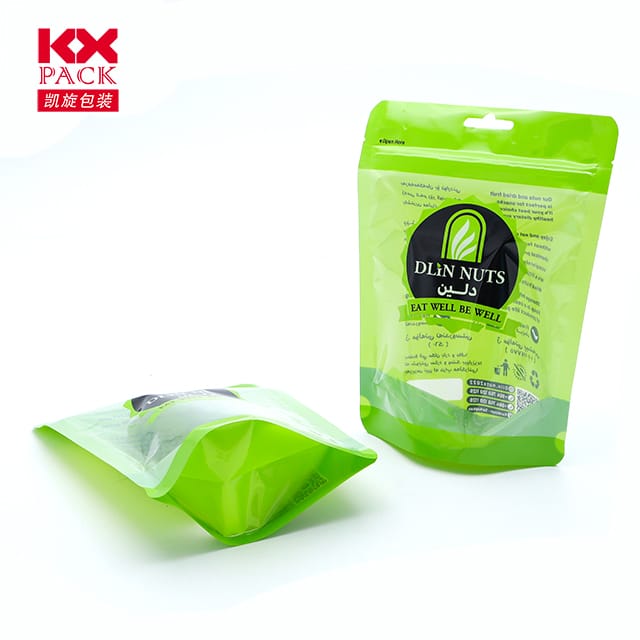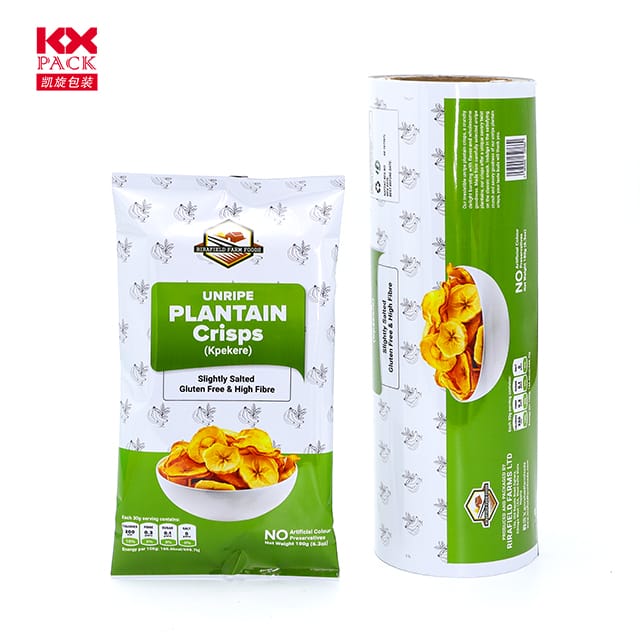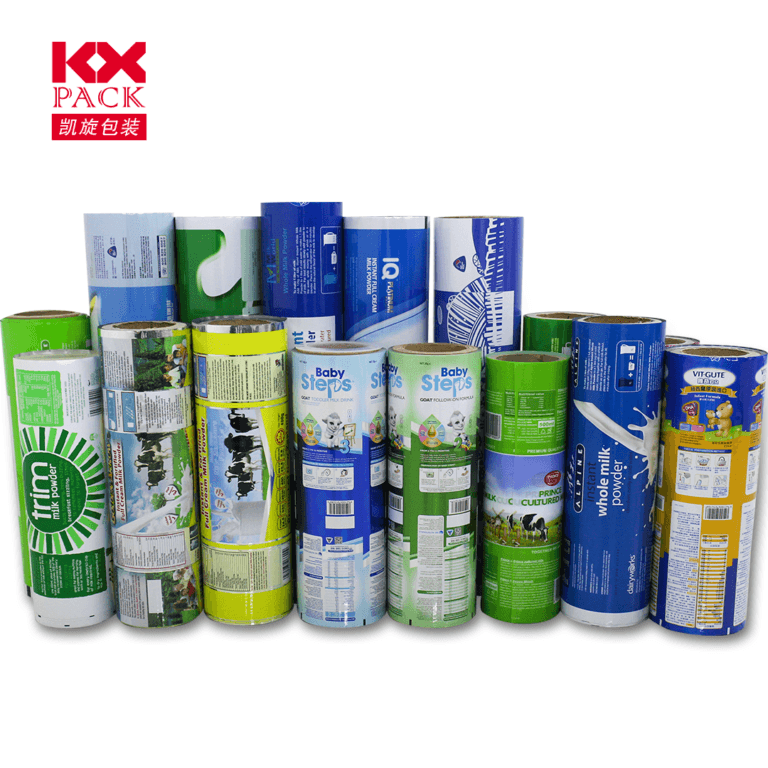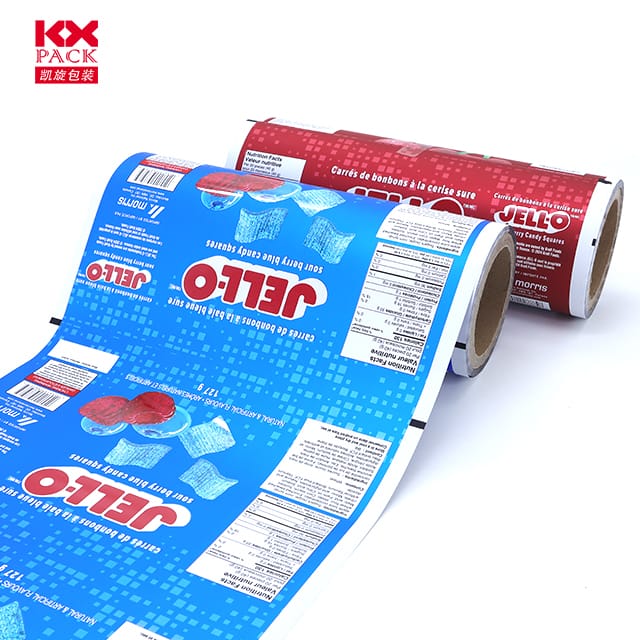パッケージの革新: The Rise of Flexible Plastic Film Innovations(1)
Flexible Plastic Film
In an era where sustainability and functionality reign supreme, flexible plastic film packaging has emerged as a game-changer across industries. From food preservation to e-commerce delivery, this lightweight yet durable material is reshaping how we package, 守る, and present products. Let’s delve into why flexible plastic films are more than just a packaging trend—they’re a sustainable solution for modern challenges.
1. 汎用性: A One-Size-Fits-All Approach
Flexible plastic films excel in adaptability. Their ability to conform to irregular shapes, seal tightly, and withstand various environmental conditions makes them ideal for:
- 食べ物 & 飲料: Vacuum-sealed packaging extends shelf life, while barrier films protect against moisture and oxygen.
- 医薬品: Tamper-evident seals and child-resistant closures ensure safety.
- E-commerce: Stretchable films secure items during transit, reducing damage and returns.
Unlike rigid packaging, flexible films require less raw material, enabling brands to optimize space in warehouses and on shelves.
2. 持続可能性: A Step Toward Circular Economy
While traditional plastics face criticism for environmental impact, flexible plastic films are pioneering greener alternatives:
- Bio-based Films: Made from renewable resources like cornstarch or algae, these films decompose faster than conventional plastics.
- リサイクルコンテンツ: Many manufacturers now incorporate post-consumer recycled (PCR) materials into films, reducing reliance on virgin plastics.
- Lightweight Design: Using less material per package lowers carbon footprints during production and transportation.
Industry leaders are also exploring堆肥化可能なフィルム そしてchemical recycling to close the loop on plastic waste.
3. 革新: Tech Meets Design
Flexible plastic films are no longer just a barrier—they’re a canvas for innovation:
- スマートなパッケージング: Films embedded with sensors can monitor freshness, detect leaks, or even interact with consumers via QR codes.
- ハイバリア映画: Advanced coatings extend product longevity by blocking UV light, gases, or moisture.
- Printable Surfaces: Vibrant graphics and holographic effects enhance brand visibility and consumer engagement.
These advancements not only protect products but also elevate the unboxing experience, fostering brand loyalty.
4. 課題 & Future Outlook
彼らの利益にもかかわらず, flexible plastic films face hurdles:
- Recycling Infrastructure: Many films are difficult to recycle due to multi-layer structures or additives. Improving sorting technologies and standardizing materials could address this.
- Consumer Perception: Misconceptions about plastic’s environmental toll persist. Education campaigns and transparent labeling (例えば。, “Made with 50% PCR”) can build trust.
先を見ています, biodegradable polymers そしてwater-soluble films hold promise for zero-waste packaging. Collaborations between material scientists, brands, and policymakers will be crucial in scaling these solutions.
結論: Embracing the Flexibility Revolution
Flexible plastic film packaging is more than a material—it’s a catalyst for change. By balancing functionality, 持続可能性, とイノベーション, it empowers brands to meet consumer demands for convenience, 安全性, and eco-consciousness. 技術が進化するにつれて, the future of packaging lies in films that are not just flexible in form but also adaptable in purpose.
Call to Action:
How can your brand leverage flexible plastic films to enhance sustainability and customer experience? 以下のコメントであなたの考えを共有してください!







